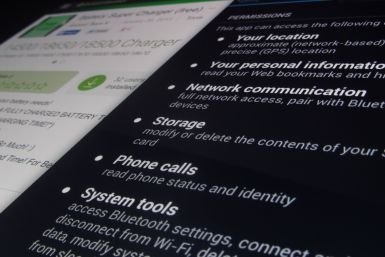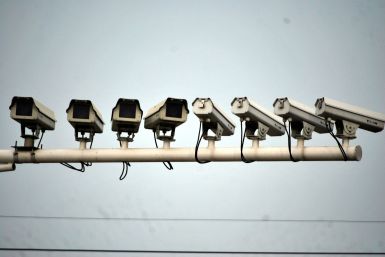A man who worked a security director for a lottery association pleaded guilty to using malware to scam the lottery company he worked for of more than $14 million.
A scan performed on millions of Windows machines found tens of thousands are still vulnerable to the EternalBlue exploit that was used to spread WannaCry and Petya attacks.
A new strain of malware for MacOS machines is targeting customers of Swiss banks in an attempt to steal their credentials and gain access to their accounts.
A new Android ransomware attack called LeakerLocker claims to steal private information from a victim's device and threatens to send it to their contacts if they don't pay the ransom.
The number of malware samples discovered in 2016 dropped from the year before, but the attacks are more sophisticated than ever, says a new report.
An Android malware known as CopyCat has infected 14 million devices and rooted 8 million by targeting old vulnerabilities.
Recent cyberattacks like Petya and WannaCry have caught businesses off guard, highlighting the need for investment in cybersecurity defenses.
Half of all organizations hit by ransomware are hit more than once, a new study has found—but systems can recover from attacks by keeping backups.
The Petya ransomware attack that hit tens of thousands of computers around the world may not have been ransomware at all, but rather an attack that aimed to destroy files and computer systems of governments and businesses.
The latest CIA documents published by WikiLeaks details how the agency uses malware to track Wi-Fi enabled devices.
A new ransomware attack — a variant of malicious software known as Petya — has hit computer systems in what appears to be a global cyberattack similar to WannaCry.
Android users in the United States are being targeted by a ransomware attack that hides the malicious software in a fake version of the PornHub app.
A report from cybersecurity firm McAfee sees a major increase in malware worldwide, especially on attacks that target Android and MacOS.
The UK parliament was hit by a cyberattack Friday that left members without access to their email accounts.
Fifty-five traffic and speed cameras in Victoria, Australia were found to be infected by the WannaCry ransomware attack.
Documents published by WikiLeaks purport to show how the CIA is able to infect air-gapped computers with malware.
Security experts warn that steganographic cyberattacks, in which malicious information is hidden in images, are becoming increasingly common.
A new attack directed at the computer systems of restaurants in the U.S. uses a technique that makes it difficult for antivirus tools to detect it.
Airlines collect a surprising amount of data about travelers — information that could be exploited by criminals or terrorists if not properly protected.
A new type of malware called CrashOverride has been linked to Russian hackers and could be used to target power grids in the U.S.
A strand of malware known as Zusy doesn't require users to click on anything, just hover a cursor over a link to install.
Comments on a post on the singer's Instagram account might have contained malware controllers for hackers, according to a report.

































